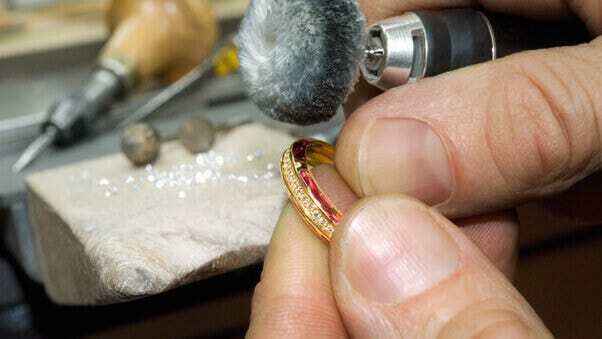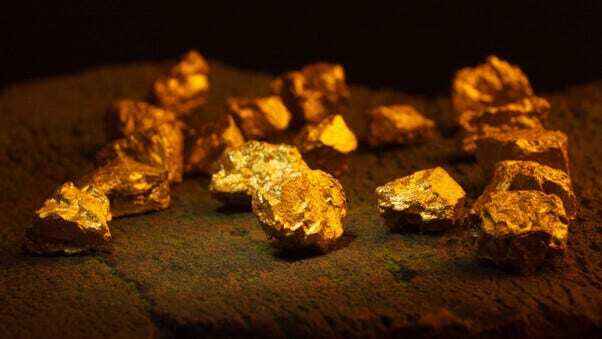Interesting facts about gold mining
The gold rush on the Klondike River in what is now Alaska: After rumours of gold findings started doing the rounds, more and more people travelled to the river to try their luck. It is estimated that in 1898 there were around 40,000 gold seekers in the Yukon region. Armed with pans, shaking tables and fine panning troughs, they try to read the gold from the river.
This method exploits the density of the material: Because gold is heavier and has a higher density, it sinks to the bottom of the pan as it is panned, separating it from the mud and sand. However, this process is very laborious and is now almost only used by hobby prospectors.
Here the gold ores or gold mud are enriched with mercury, the two metals combine to form amalgam. This is liquid and thus flows away from the other rocks. To separate the gold from the mercury again, the amalgam has to be heated - mercury evaporates much earlier and so gold remains. However, this process is by no means without danger, as toxic mercury vapours are produced that can lead to severe environmental and health hazards.
This process is done by adding sodium cyanide. This reacts with gold and can be used to dissolve gold from large quantities of rock. However, this process is also highly toxic, as hydrocyanic acid can be produced. However, it is also much more effective than the amalgam process and cyanide, unlike mercury, can be biodegraded.
This process offers the possibility of extracting particularly pure gold. Electrolysis is used for this purpose. Here, the metal moves from one electrode to the other while strong electrical energy is applied and is thus separated from other metals. This is the most commonly used method today, as it is more environmentally friendly and more effective.







